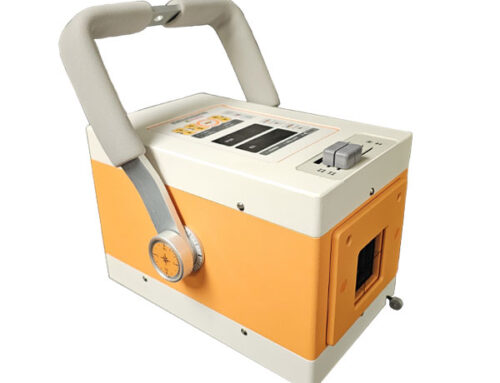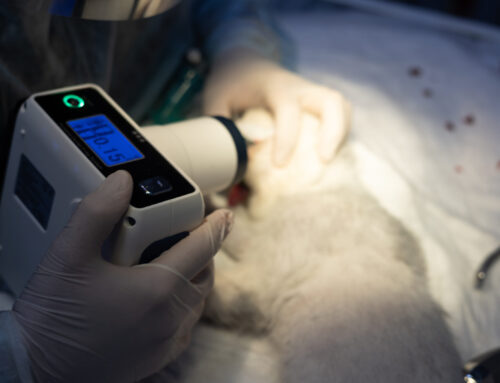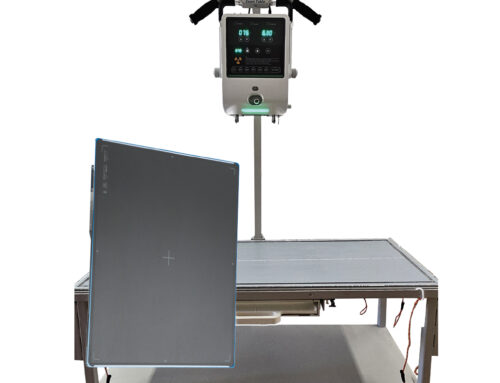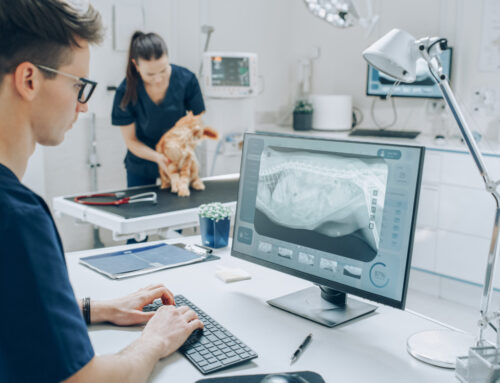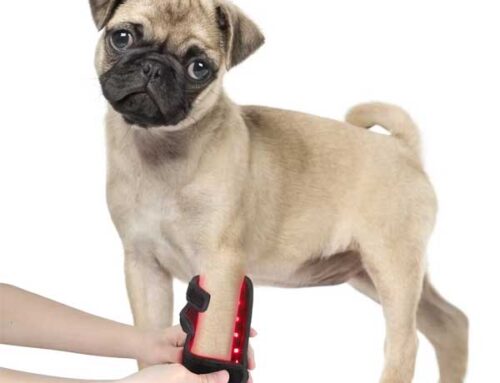Professional grade digital cameras do not lose any appreciable image quality over time, so why are some Veterinary DR x-ray camera systems losing image quality fairly quickly?
There are five villains that all CCD Veterinary x-ray DR camera sensors have to contend with and hopefully avoid… the first is x-rays themselves, second moving parts, third condensation, fourth is dust and the fifth is heat. These villains degrade the sensor and electronics, subsequently reduce image quality over time, but it can happen so slowly that you lose the image quality edge over time without noticing it until its to late.
When electronics are in the direct path of x-rays, x-ray will damage them. This damage can be reduced by some manufacturing tricks, but it can not be avoided. It is easy to determine if electronics are in the path of the x-rays, but if so it is not so easy to determine how quickly the damage caused to the DR camera’s sensor will degrade image quality. Some CCD systems use cooling to run the CCD chip. Cooling systems produce condensation, which in turn damages the electronics. One distributor has said they have replaced 21 of 23 CCD camera systems after two years under warranty because of this problem. This is one reason why a CCD system extended warranty costs approximately $5,000 a year.
CCD systems employ fans to reduce the heat generated by the highly energized camera sensor, but when the cooling is reduced or halted the chip will be damaged. Fans will cool the DR sensor chip to keep them from being damaged but they also cause dust and animal hair to be blown all around the DR camera. Introducing dust to the sensor and electronics will damage the system and reduce image quality.
This is probably not the first time you have heard about these villains that Veterinary x-ray DR camera sensors have to contend with and hopefully avoid. This problem is more significant than many previously believed. Others have taken a lets get our product to market quickly business strategy, but look at all the problems they have now built into their CCD systems! DIS has utilized its 30 years of radiology experience to develop a Veterinary DR system that avoids all these problems.
The DR Navigator 3500 Veterinary DR system operates in a sealed cabinet and is not exposed to condensation or dust and does not require cooling, our design also keeps the electronics away from x-rays. We also trust our system enough to produce quality x-ray images well into the future that we are backing it up with a 5 year warranty!



